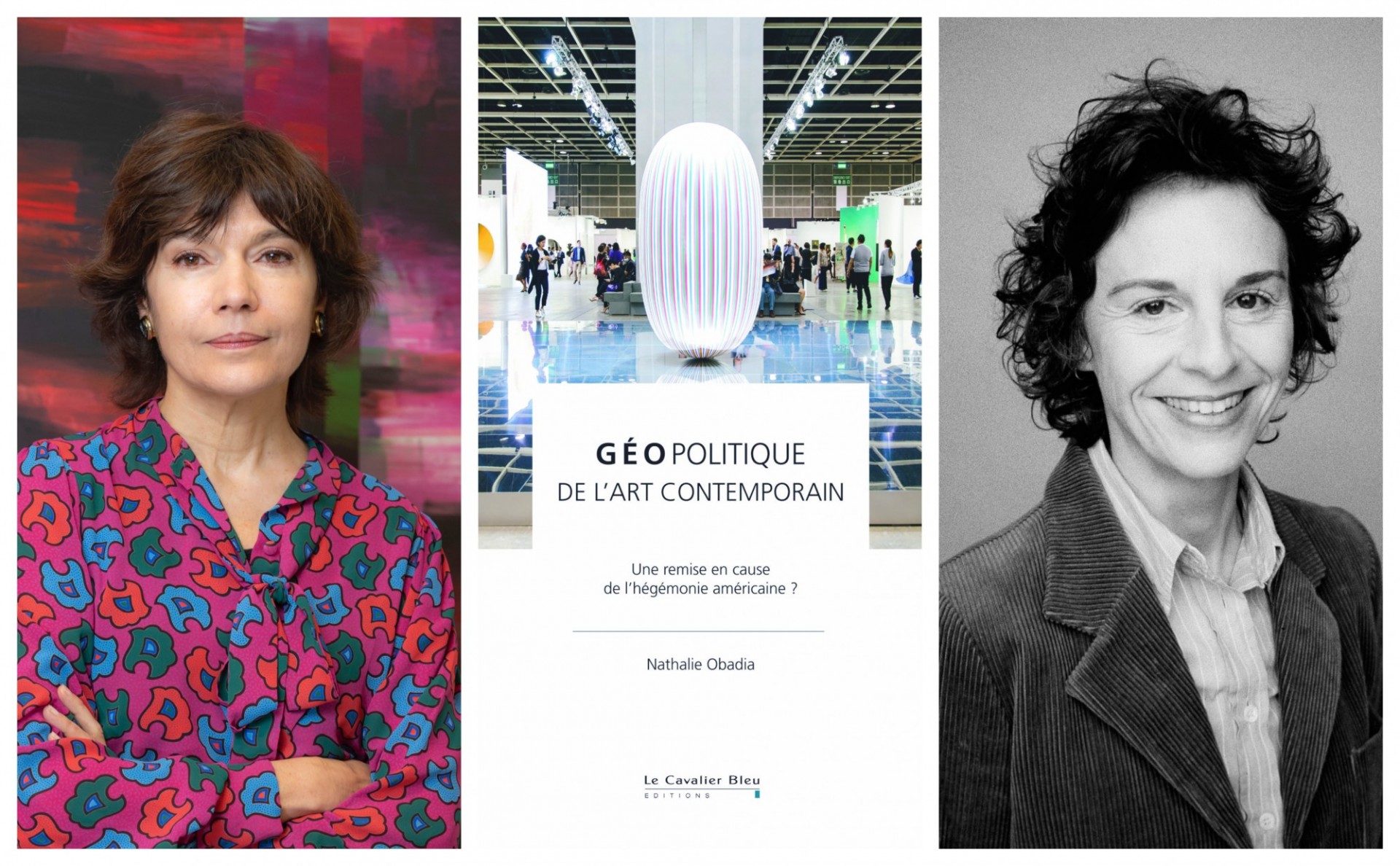Obadia, who owns several influential art galleries in Paris and in Brussels and is also a professor at Sciences Po, opened the discussion with a presentation of her recent book, Géopolitique de l’art contemporain. The book traces the development of the global art market from WWII to the present day, exploring how world powers have strategically mobilized artistic production and cultural influence to demonstrate their political power.
The United States, in particular, used this ‘soft power’ to export its values and culture around the globe, at first to counter the perceived threat of the communist bloc during the Cold War and later to maintain its political and cultural influence. Obadia discussed the ways in which other countries, like France, have developed regional niches of influence and strategies to emancipate themselves from the global cultural hegemony of the U.S.. Examples of this phenomenon can be found in the Louvre opening a museum Abu Dhabi and the Pompidou in Shanghai.
The discussion also turned to issues facing the art world today: the debates around cultural appropriation, the ethics of accepting tainted money from art patrons like the Sacklers, whose pharmaceutical company is implicated in the opoid crisis, and the growing influence of China. The conversation concluded with a reflection on experience of women artists like Belin in a market that is still largely dominated by men.
